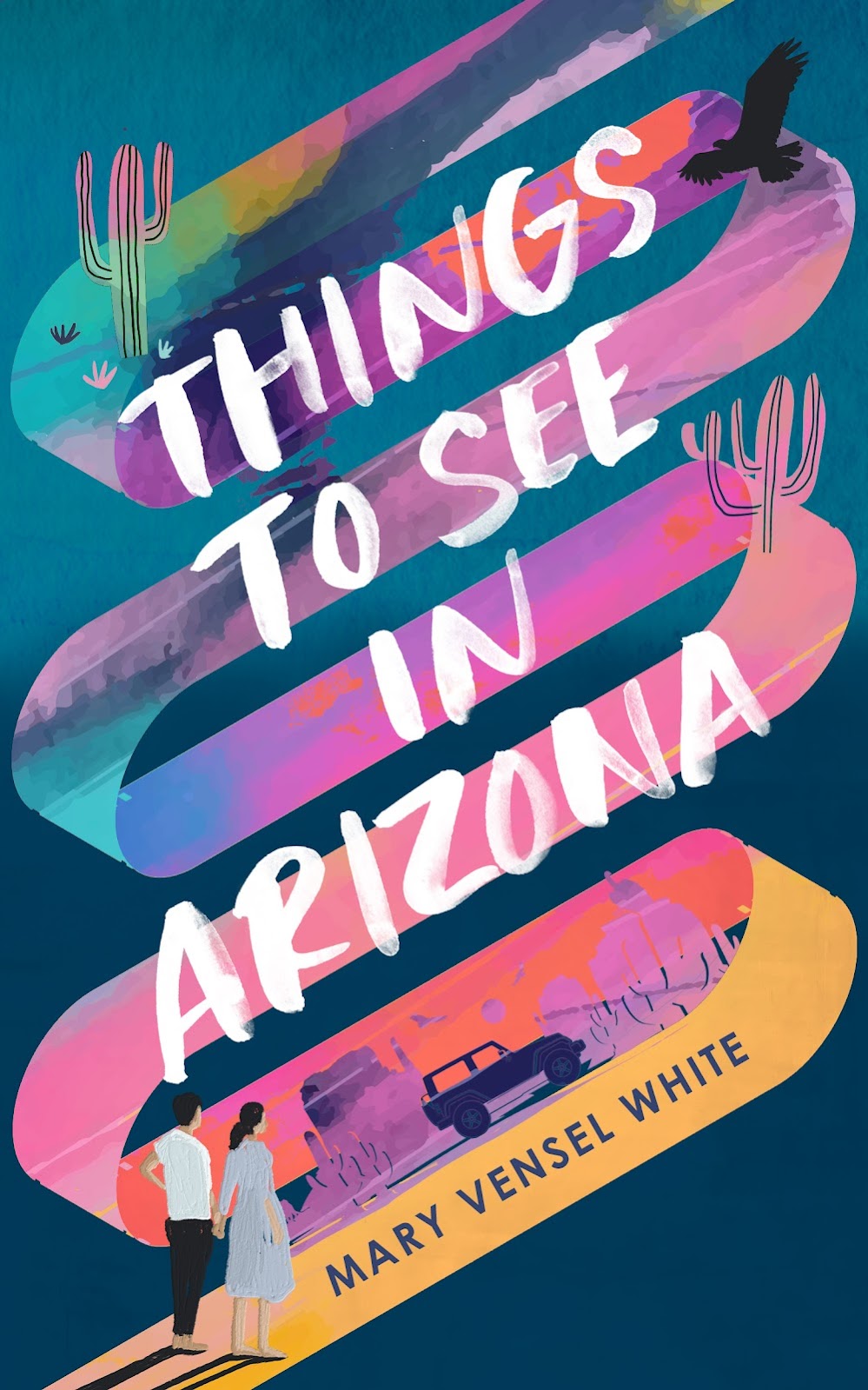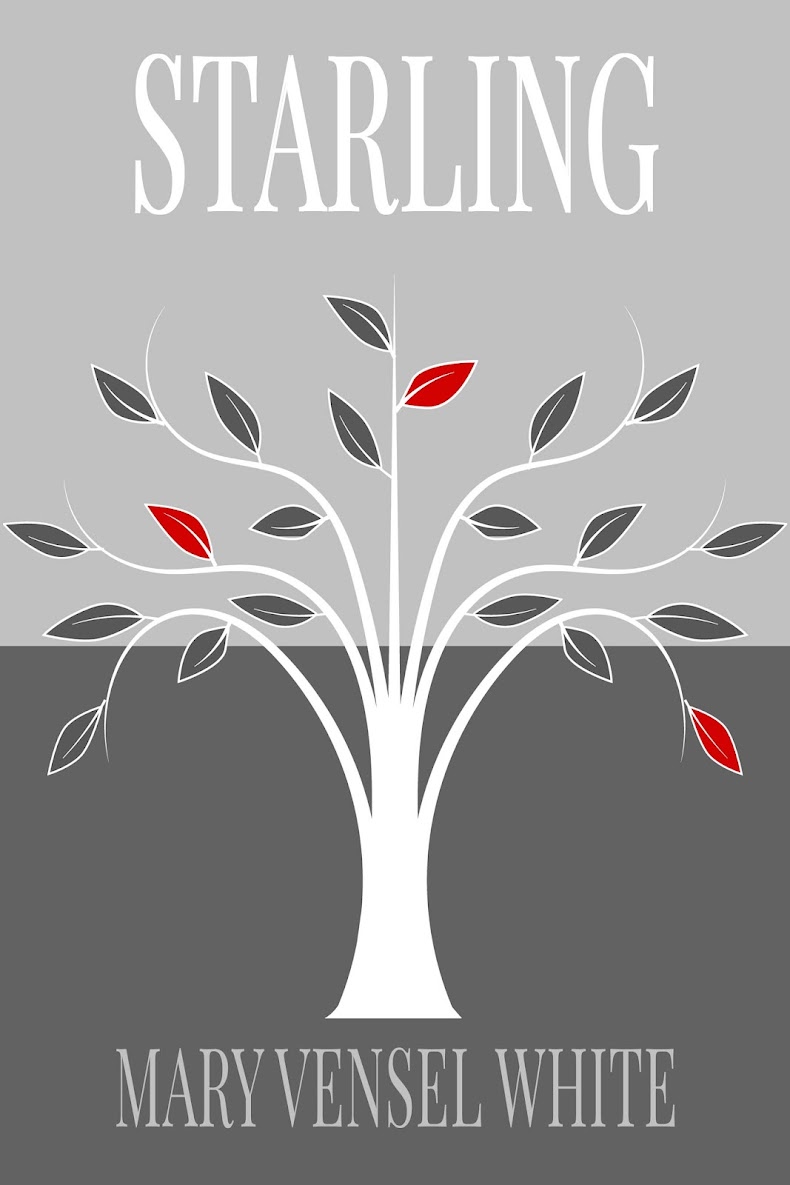An old
edition of The Scarlet Letter recently came into my possession. It was
published by W.B. Conkey Company in Chicago and although there is no other
publication information (possibly pages are missing), my rudimentary research dates this copy to
right around 1900. The pages of the book are yellowed, crumbling, and separating from the
cover. The novel belonged to my great-grandmother, Addie Viola Flowers, who was born
in July of 1884 and was twenty-one years old when the book
was “presented” to her in 1906.

It’s
interesting to hold in my hands a book held by her. My grandparents were from West Virginia, and we used to visit in the summer. I have
scant memories of Addie, whom we called Nanny. I remember her as very
old, walking with a walker, and then bedbound before she passed. She died when
I was nine. Watching my grandmother care for her and realizing, even at that young
age, what type of dedication that took, is something I won’t forget.
 But
this post was intended to be about another woman, a Mrs. Ella Wheeler Wilcox. I
was drawn to the advertisement at the back of this edition of Hawthorne’s
classic. Here, W.B Conkey claims to be the sole publishers of this author’s
work, and they invest a two-page spread highlighting her works. These books,
like The Scarlet Letter, were hardcovers, published in different
editions depending on your budget. The prices ranged from fifty cents to two
dollars, with most regular editions costing one dollar. I couldn't recall having ever heard of Ella Wheeler Wilcox and maybe you haven’t either,
but I’d bet you’ve heard some form of her most famous poem:
But
this post was intended to be about another woman, a Mrs. Ella Wheeler Wilcox. I
was drawn to the advertisement at the back of this edition of Hawthorne’s
classic. Here, W.B Conkey claims to be the sole publishers of this author’s
work, and they invest a two-page spread highlighting her works. These books,
like The Scarlet Letter, were hardcovers, published in different
editions depending on your budget. The prices ranged from fifty cents to two
dollars, with most regular editions costing one dollar. I couldn't recall having ever heard of Ella Wheeler Wilcox and maybe you haven’t either,
but I’d bet you’ve heard some form of her most famous poem:
Laugh
and the world laughs with you,
Weep
and you weep alone.
For the
sad old earth must borrow its mirth,
It has
trouble enough of its own.
Ella Wheeler Wilcox was born in 1850 in Johnstown, Wisconsin. At the age of nine, this precocious girl wrote her first novel, using scraps of paper from around the farmhouse in Westport where the family had moved. She grew up reading magazines and newspapers, a practice that "caused me to live in a world quite apart from that of my commonplace farm environment, where the post office was five miles distant, mail came only two or three times a week.”
She briefly attended Madison University, but quit after one semester to spend more time writing. Her first success was the publication of a lengthy narrative poem, “Maurine,” in 1876. She followed that with a book of poems and by 1896, she had written thirteen books. A contemporary of “the Fireside Poets”—Henry Wadsworth Longfellow, James Greenleaf Whittier, etc.—her poetry was always positive and encouraging, and it focused on humanity’s spirit and themes of reincarnation, in which she was a firm believer. Although these rhyming poems may seem outdated, at the time, they were extremely popular and often recited at public occasions.

At the age of 28, she married Robert Wilcox. They had one child, a boy who died hours after his birth, and they remained married for thirty years until Robert’s death. Her spiritual beliefs led her to make many attempts to maintain contact with the spirit of her husband. She also played a part in the establishment of the American Rosicrucian movement.
Mrs. Wilcox died in 1919 from cancer, having written over forty books of poems, stories and songs and having built a small fortune by writing. Here are some links, if you’d like to explore her life and legacy:















Precious ... an early version of 'The Scarlet Letter' by Nathaniel Hawthorne, the year Ella Wheeler Wilcox was born.
ReplyDeleteI did still-photography for a film version of this novel by Wim Wenders: https://en.wikipedia.org/wiki/The_Scarlet_Letter_(1973_film)
I like Ella Wheeler Wilcox's poem ...